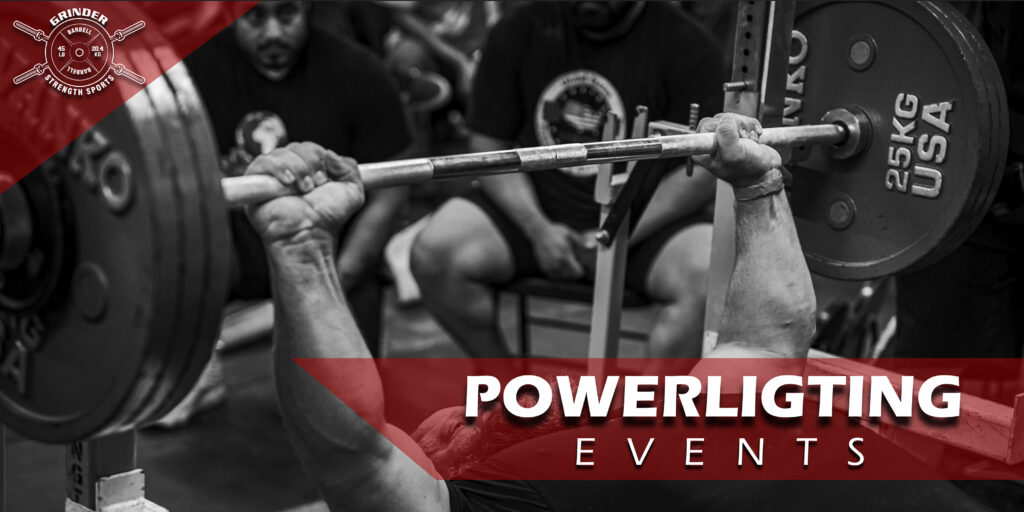Whether you’re preparing for your first meet or aiming to set a new personal record, mastering peaking and tapering can make a significant difference in your performance. These strategies involve carefully managing training intensity, volume, and recovery to ensure you reach your peak strength and readiness on competition day.
Peaking for Powerlifting
Peaking involves a structured increase in training intensity while reducing volume to allow the body to adapt and reach maximum strength. The goal is to time your peak strength so it aligns perfectly with your competition date.
Key Components of Peaking:
- High Intensity: Training with weights close to your one-rep max (1RM) to build maximal strength.
- Reduced Volume: Lowering the number of sets and reps to avoid excessive fatigue and allow for recovery.
- Specificity: Focusing on the competition lifts (squat, bench press, deadlift) to improve neuromuscular efficiency and technique.
Example Peaking Routine:
- Six Weeks Out from Competition:
- Squat: 3 sets of 5 reps at 75%, 80%, and 85% of 1RM
- Bench Press: 3 sets of 5 reps at 75%, 80%, and 85% of 1RM
- Deadlift: 3 sets of 5 reps at 75%, 80%, and 85% of 1RM
- Accessory Work: Moderate volume, focusing on weak points
- Five Weeks Out from Competition:
- Squat: 3 sets of 3 reps at 80%, 85%, and 90% of 1RM
- Bench Press: 3 sets of 3 reps at 80%, 85%, and 90% of 1RM
- Deadlift: 3 sets of 3 reps at 80%, 85%, and 90% of 1RM
- Accessory Work: Moderate volume, focusing on recovery and technique
- Four Weeks Out from Competition:
- Squat: 1 set of 5 reps at 85%, 1 set of 3 reps at 90%, 1 set of 1+ reps at 95% of 1RM
- Bench Press: 1 set of 5 reps at 85%, 1 set of 3 reps at 90%, 1 set of 1+ reps at 95% of 1RM
- Deadlift: 1 set of 5 reps at 85%, 1 set of 3 reps at 90%, 1 set of 1+ reps at 95% of 1RM
- Accessory Work: Light volume, focusing on mobility and form
- Three Weeks Out from Competition:
- Squat: 3 sets of 5 reps at 40%, 50%, and 60% of 1RM
- Bench Press: 3 sets of 5 reps at 40%, 50%, and 60% of 1RM
- Deadlift: 3 sets of 5 reps at 40%, 50%, and 60% of 1RM
- Accessory Work: Minimal volume, focusing on recovery and light mobility work
Tapering Strategies
Tapering is the phase that directly follows the peaking phase and leads up to the competition. It involves a further reduction in training volume and intensity to ensure full recovery and supercompensation, where the body adapts to the training stress and performance capacity increases.
Key Components of Tapering:
- Volume Reduction: Significantly cutting back on the number of sets and reps to reduce fatigue.
- Intensity Management: Lowering the weights used to avoid any residual fatigue while maintaining neuromuscular readiness.
- Recovery Focus: Emphasizing rest, nutrition, and recovery techniques to ensure the body is fully prepared for maximal effort.
Example Tapering Routine:
- Two Weeks Out from Competition:
- Week 1:
- Squat: 3 sets of 3 reps at 75%, 80%, and 85% of 1RM
- Bench Press: 3 sets of 3 reps at 75%, 80%, and 85% of 1RM
- Deadlift: 3 sets of 3 reps at 75%, 80%, and 85% of 1RM
- Accessory Work: Very light volume, focusing on technique and mobility
- Week 2 (Final Week):
- Early in the Week:
- Squat: 3 sets of 2 reps at 70%, 75%, and 80% of 1RM
- Bench Press: 3 sets of 2 reps at 70%, 75%, and 80% of 1RM
- Deadlift: 3 sets of 2 reps at 70%, 75%, and 80% of 1RM
- Accessory Work: Minimal, focusing on light mobility and stretching
- Later in the Week:
- Light technique work with 50-60% of 1RM
- Focus on recovery activities such as foam rolling, massage, and adequate sleep
- Ensure optimal nutrition and hydration
- Early in the Week:
- Week 1:
Monitoring and Adjustments
While following these peaking and tapering strategies, it’s essential to monitor your body’s response and make adjustments as needed:
- RPE (Rate of Perceived Exertion): Use the RPE scale to gauge how hard each session feels. If you feel overly fatigued, consider reducing intensity or volume further.
- Fatigue Management: Watch for signs of overtraining, such as persistent soreness, decreased performance, and lack of motivation. Adjust the training load accordingly.
- Recovery Techniques: Incorporate recovery methods like foam rolling, massage, and proper sleep hygiene to enhance recovery.
- Nutrition and Hydration: Maintain a balanced diet rich in nutrients and ensure proper hydration to support recovery and performance.
- Mental Preparation: Use visualization techniques, mental rehearsal, and relaxation strategies to build confidence and reduce competition anxiety.
Conclusion
Peaking and tapering are essential strategies for powerlifters aiming to achieve their best performance on competition day. By carefully managing training intensity, volume, and recovery, you can optimize your performance and achieve your best lifts. Whether preparing for your first meet or aiming to set a new personal record, mastering these strategies will make a significant difference in your powerlifting journey.




Comments are closed